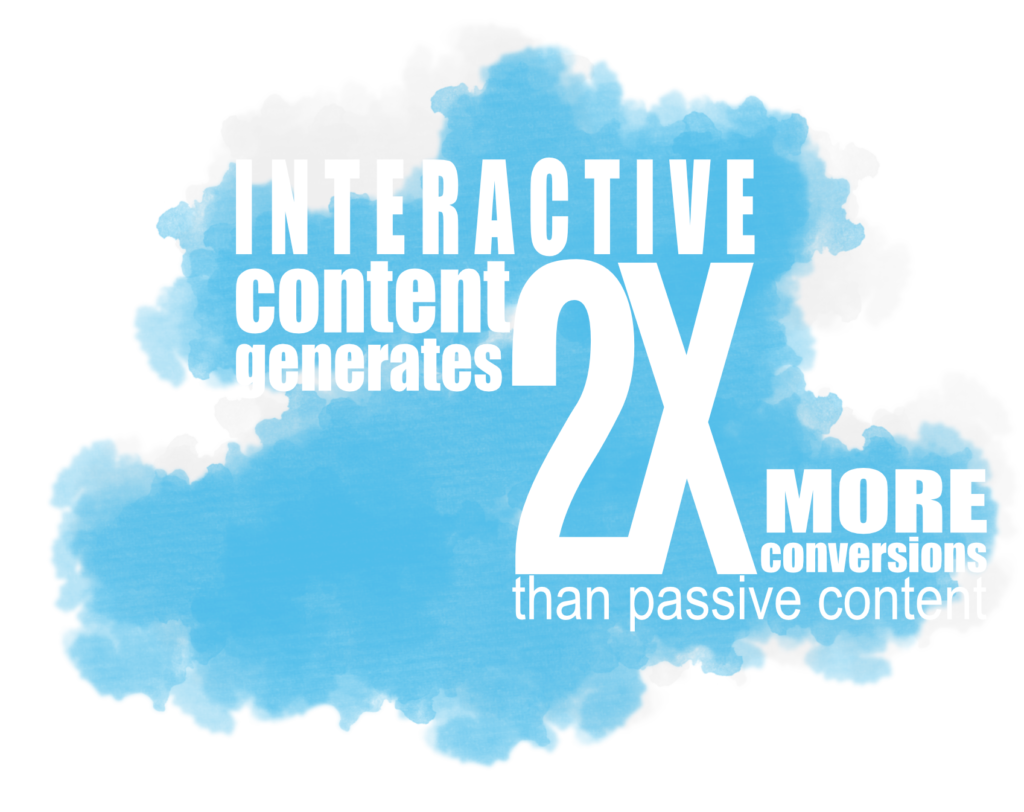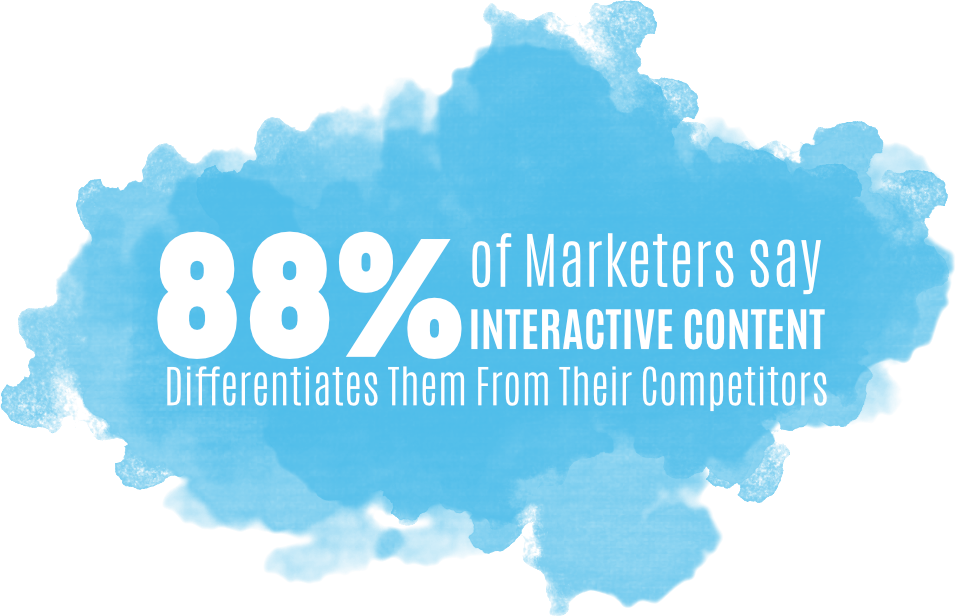Interactive Content as Sales Tool

Interactive apps are gaining more and more attraction and are starting to change the world we see today.
Interactive content is more than just a new thing in gaming industries, it is starting to be one of the strategies in sales and marketing and soon could become one of the main sales strategies of the next decade.
Innovative businesses are now able to upgrade the experience they offer to their customers and increase business opportunities and sales.
Having been in the graphic industry for more than a decade we have seen a lot of different trends emerge in brand development, app development, and web design.
All of the above trends changed the way people are presenting and selling their products and ideas.
The same is now happening with this new trend. Interactive applications, configurators, web-based model viewers, 360 Experiences, augmented and virtual reality apps, they are here to stay, to complement existing sales techniques or in some cases completely substitute well-known marketing methods.

Let’s see how the statistics confirm the above statements, that there is a huge need in all kinds of interactive applications:
- The global augmented and virtual reality market is expected to reach approximately USD 814.7 billion by 2025, at a CAGR of 63.01% between 2019 and 2025. (Globenewswire)
- 88% of marketers say interactive content differentiates them from their competitors (Business2comunity)
- Interactive content generates twice the amount of conversion of passive content (Kapost)
- 71% of online shoppers would prefer stores that offer an interactive experience
- Interactive content marketing gets three times more leads than paid search advertising (Quoracreative)
- Interactive content marketing is 60% cheaper than all other types of marketing (Quoracreative)
Let’s see some benefits:
Create engagement with your target audience
Let customers try your product before they buy it. Let them see your product before it was even built. With interactive content, for example, an augmented reality application, clients are able to try on makeup, shoes, clothes, see if their purchase will fit in with the interior.
Enhance your sales strategy with interactivity
Used as a sales tool you can allow your customers to interact with products and see them in a detailed way, from a big outside view down to the individual components.
Rise above the competition and improve B2B sales
Besides adding advanced interactivity to already interactive media like the internet, it is also possible to integrate interactivity with printed materials. Bring your business cards, brochures and catalogs to the next level by adding an interactive component. By adding a bar code, QR code or a trackable image it is possible to scan printed materials with mobile phones and access a wide range of features.
For example, by scanning the image of a shoe in a magazine with your smartphone it will instantly appear in real size on the surface in front of the client. You can then interact with the object and for example change the colors or the style. Apart from creativity there are no limitations you could encounter.
An excellent example of using AR as a marketing strategy is presented here: https://www.youtube.com/watch?v=V5bC4hnrPkg
What is a 3D interactive app?
Interactive apps are a virtual experience, executable in the browser or as an independent program (Windows, macOS, Linux). This includes virtual reality (VR) applications for headsets such as Google’s Daydream, Oculus Rift S and Quest, Samsung Gear VR, HTC Vive, Microsoft Hololens and other Windows Mixed Reality headsets as well as augmented reality applications for AR-compatible mobile devices.
The applications shown on our web page were implemented based on WebGL for the browser and can be run in current versions of Chrome, Firefox, and Edge without installing plugins or other software.
